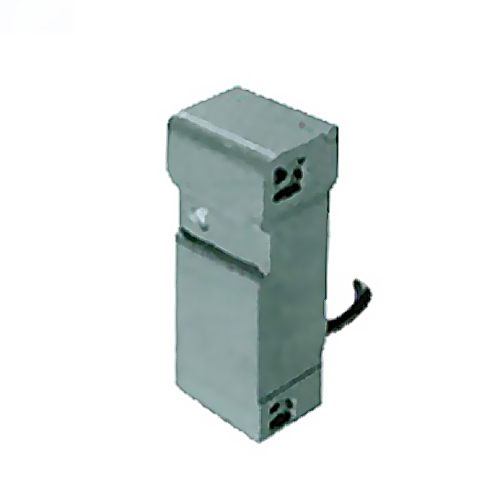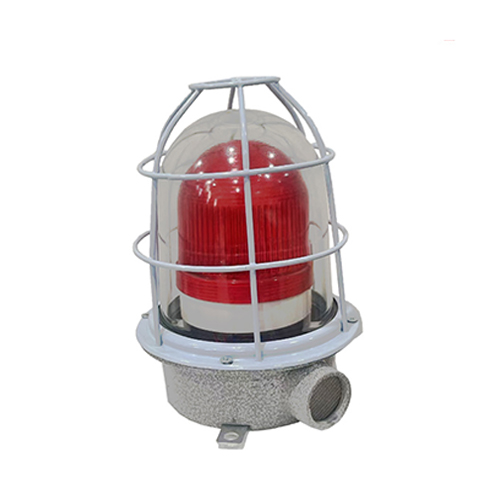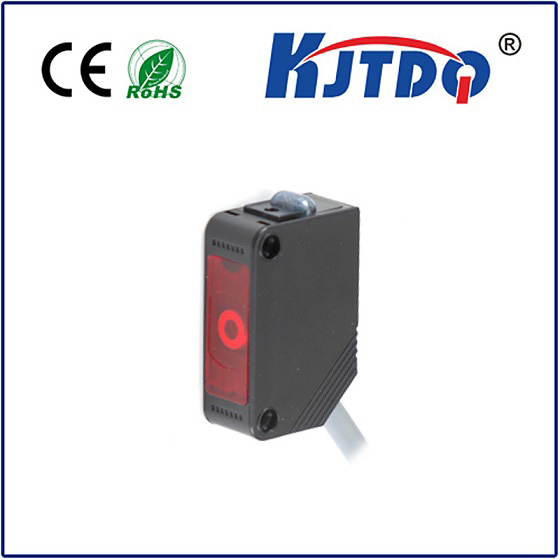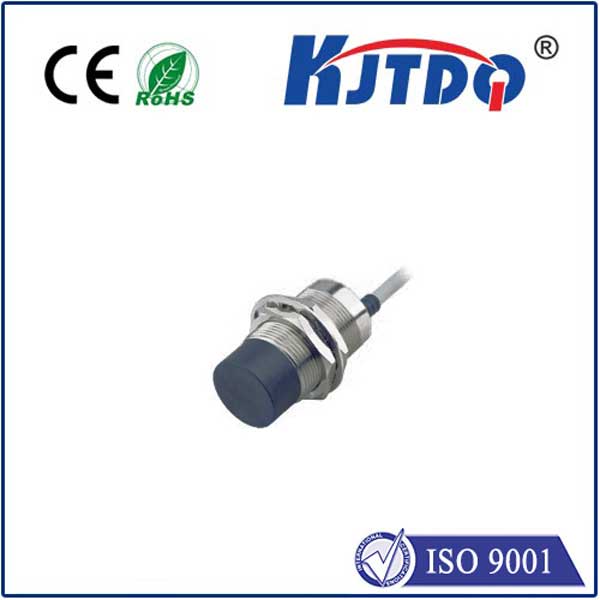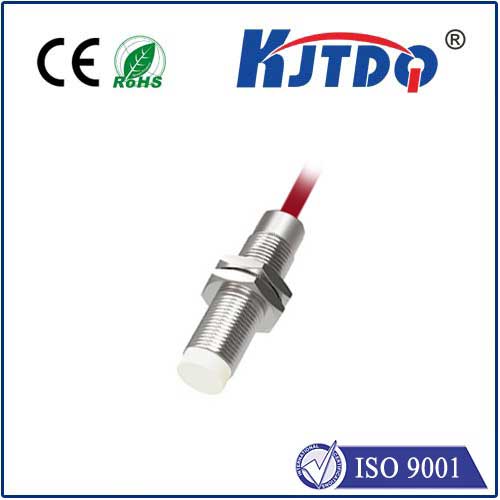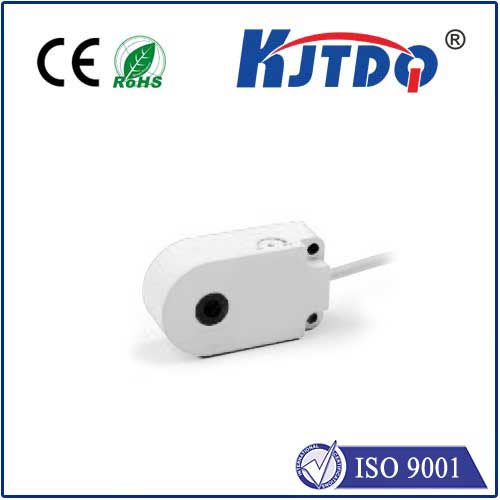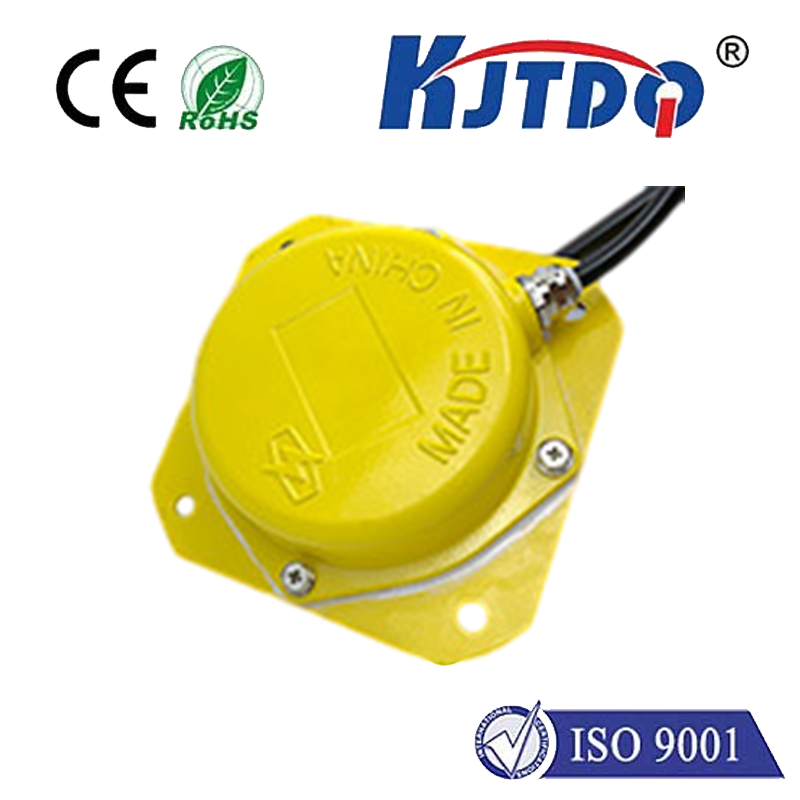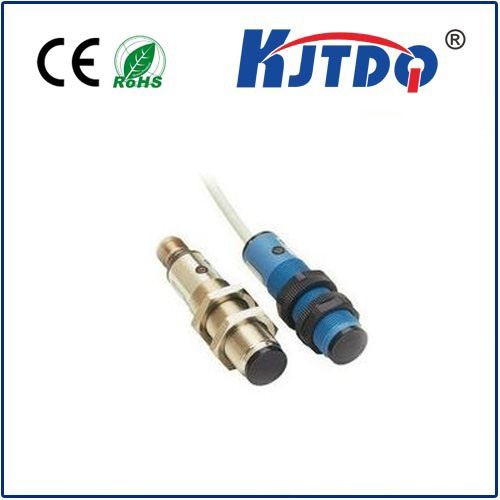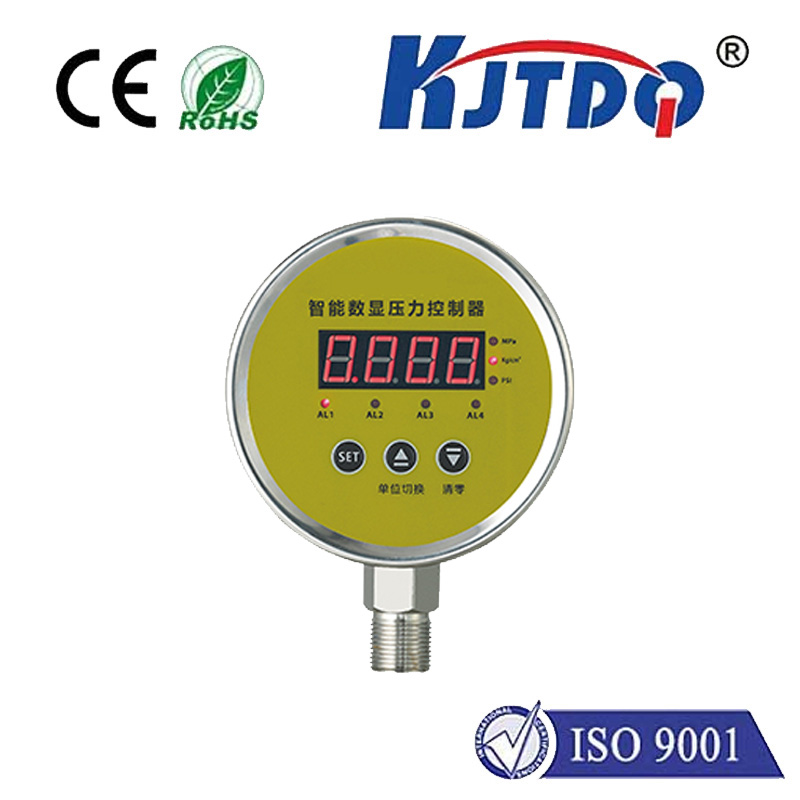proximity sensor 12v
- time:2025-09-09 02:50:19
- Нажмите:0
Harnessing Touchless Control: Your Guide to 12V Proximity Sensors in Action
Imagine a factory assembly line humming smoothly, robotic arms moving with precision, packages sorted automatically, and machines safely guarding operators. Behind this seamless operation often lies a silent, unsung hero: the датчик приближения. Specifically, models designed for 12V DC operation form the backbone of countless industrial and automation tasks, offering reliable, contactless object detection essential for modern systems. Understanding what a 12v proximity sensor is, how it works, and where it excels is key to unlocking efficient automation.
Demystifying the 12V Proximity Sensor
At its core, a proximity sensor detects the presence or absence of an object without physical contact. It does this by emitting an electromagnetic field, infrared light, or ultrasonic sound wave and monitoring changes caused by a target entering its sensing range. The “12V” designation signifies its operating voltage, meaning it requires a 12 Volt Direct Current (DC) power supply to function correctly. This voltage is prevalent in numerous applications:
- Industrial Control Panels: Many PLCs (Programmable Logic Controllers), motor controls, and other automation components operate on 12V or 24VDC systems. 12V sensors integrate seamlessly.
- Automotive and Mobile Machinery: Vehicles inherently possess 12V (nominal) electrical systems, making these sensors ideal for applications like gear position detection, suspension monitoring, or seat occupancy sensing.
- Battery-Powered Systems: Equipment running on battery packs often utilize 12V systems for efficiency and component compatibility. Non-contact detection is crucial for conserving power.
- Standardized Integration: 12V DC is a widely adopted, safe, and relatively stable voltage, simplifying power supply design and component sourcing.
How Does a 12V Proximity Sensor Function?
While specific technology varies, the general principle remains consistent:
- Power Supply: The sensor receives 12V DC power supplied via two wires (typically brown for positive/+, blue for negative/- or ground).
- Field Emission: Internally, the sensor generates a detection field (electromagnetic, capacitive, or optical).
- Target Interaction: When a target object (metal for inductive, almost any material for capacitive or photoelectric) enters the sensor’s specified sensing range, it disrupts or reflects this field.
- Signal Processing: The sensor’s internal circuitry detects this change.
- Output Switching: Based on the detection, the sensor switches its output state. This could be:
- Digital Output (Switching): Most common. Changes from high (~12V) to Низкий (0V) or vice-versa (depending on PNP/NPN type - more on that later).
- Analog Output: Less common for basic proximity sensors; provides a continuous signal proportional to distance.
- Signal Transmission: A third wire (typically black) carries this switched output signal to the connected control device (PLC, counter, relay, light).
Key Types of 12V Proximity Sensors

Understanding the sensing technology is vital for choosing the right sensor:
- Inductive Proximity Sensors: Detect ferrous and non-ferrous metals. Emit an electromagnetic field. Highly reliable, robust, unaffected by dust or oil, ideal for metal detection in machinery (position sensing, end-of-travel limits, counting metal parts). Immunity to environmental contaminants is a major advantage.
- Capacitive Proximity Sensors: Detect almost any material (metal, plastic, wood, liquid, granules). Sense changes in capacitance caused by the target. Perfect for non-metallic object detection, level sensing (liquids, powders), and applications where material type varies. Can sometimes be triggered by moisture or unintended materials.
- Photoelectric Sensors: Use light beams (visible, infrared, laser). Consist of an emitter and a receiver. Detect objects by light beam interruption (through-beam) or reflection (retro-reflective, diffuse reflective). Offer longer sensing ranges than inductive/capacitive and detect virtually any material that interrupts or reflects light. Sensitive to dirt, dust, fog, and ambient light interference.
- Ultrasonic Proximity Sensors: Emit high-frequency sound waves and detect echoes. Detect solid objects and liquids regardless of color, transparency, or material. Excellent for distance measurement, level sensing in tanks, and presence detection in challenging environments (dust, fog). Can be affected by temperature variations and sound-absorbing materials.
Why is the 12V Rating Crucial?
Using the correct operating voltage is non-negotiable. Supplying less than ~10V typically prevents a 12V sensor from operating correctly, leading to unreliable detection or failure. Supplying significantly Больше. than 12V (like 24V to a 12V sensor) can cause permanent damage to the sensitive internal electronics and output circuit. Always match the sensor’s Номинальное напряжение to your power supply. The prevalence of 12V DC systems makes these sensors universally applicable and easy to integrate.
Where Do 12V Proximity Sensors Shine?
Their versatility makes them ubiquitous:
- Machine Automation: Position sensing on conveyors, detecting parts in fixtures, monitoring tool positions, robotic end-effector sensing.
- Перевозка материалов: Counting objects on a line, controlling sorting gates, detecting bin/jig presence, verifying pallet positions.
- Packaging: Verifying cap placement, detecting filled bottles/cans, controlling label application, sensing film/web breaks.
- Automotive: Gear position detection, seat belt buckle status, hood/trunk closure verification, brake pedal position.
- Security Systems: Door/window position monitoring (open/closed), tamper detection on enclosures.
- Home Appliances: Water level sensing in washing machines/dishwashers, door closure detection.
Installation and Wiring Considerations
Proper installation ensures reliability. Key points include:
- Power Supply: Ensure a clean, stable 12V DC source capable of handling the sensor’s current draw. Use appropriate wire gauge.
- Wiring Type: Most industrial 3-wire sensors are either PNP (Sourcing) or NPN (Sinking):
- PNP: When active, the output wire sources positive current (+12V) to the load connected between the output and ground.
- NPN: When active, the output wire provides a path to ground (0V), allowing current to sink from the load connected between +12V and the output. Matching the sensor output type to your controller’s input requirements is critical.
- Mounting: Follow manufacturer specs for sensing distance, flush/non-flush mounting (inductive), barrel material, and environmental ratings (IP67/IP68 for water/dust resistance). Ensure the target approaches the sensor face correctly.
- Environment: Consider temperature extremes, chemical exposure, vibration, and electrical noise. Choose sensors with appropriate ratings. Shielding cables in electrically noisy environments may be necessary.
Maintaining Peak Performance
While robust, maintaining sensors ensures longevity:
- Clean Sensing Faces: Regularly wipe away oil, grease, metal chips, or dirt buildup that can interfere with detection or damage the sensor.
- Check Connections: Ensure wiring connections are tight and free from corrosion, especially critical in 12V systems where voltage drops matter.
- Verify Output: Periodically check the sensor’s output signal using a multimeter or PLC input monitor.
- Monitor Environment: Be aware of changes in the operating environment (new metal structures, strong EMI sources, temperature shifts) that might affect performance.
Choosing the Right Tool
Selecting the optimal **12v

